Today, Siles is a sleepy town in the far north east of Jaén province, an ideal location from which to explore the northern parts of the Sierras de Cazorla, Segura and Las Villas National Park, and once of great strategic importance.
By Nick Nutter | Updated 21 Sep 2022 | Jaén | Villages |
Login to add to YOUR Favourites or Read Later
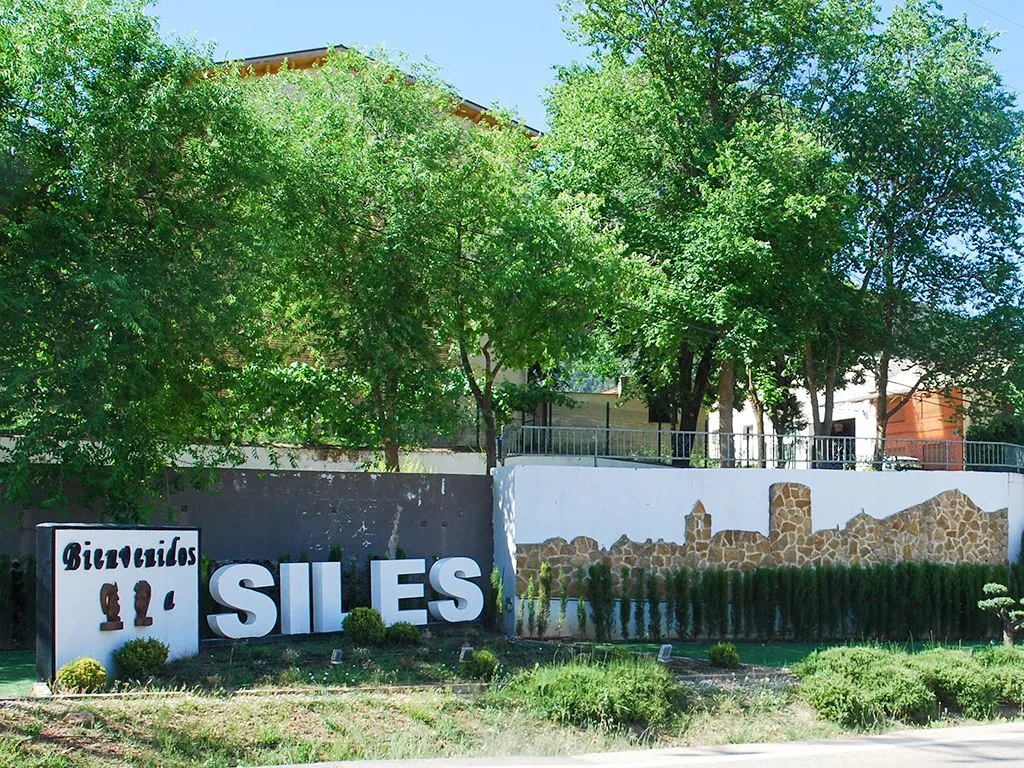
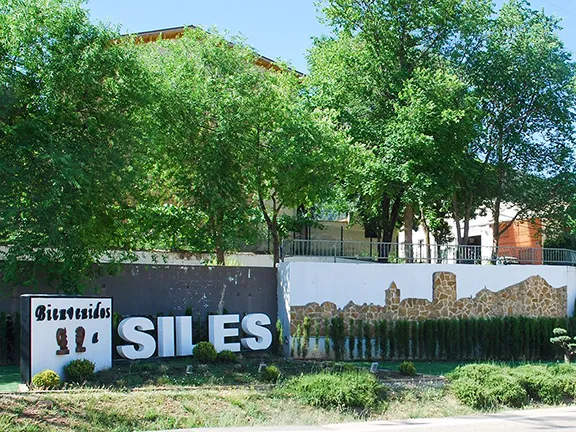
Welcome to Siles
Siles is located in the valley of the River Guadalimar, 700 metres above sea level, between the River Carrizos and Los Molinos stream. It's mirador, perched above the valley, has a panoramic view over the Embalse de Siles and the strategically important and ancient route between Segura de la Sierra and the Camino de Levante, the ancient pilgrimage route between Valencia and Santiago de Compostela.
The area has been occupied since Neolithic times and the name Siles is thought to have originated due to the existence of numerous grain silos found in the area of Cerro de San Sebastian. It’s strategic importance was realised by the Muslims. In 913 AD, Siles was where Abd al-Rahman III negotiated a peace following the Muwallad rebellion.
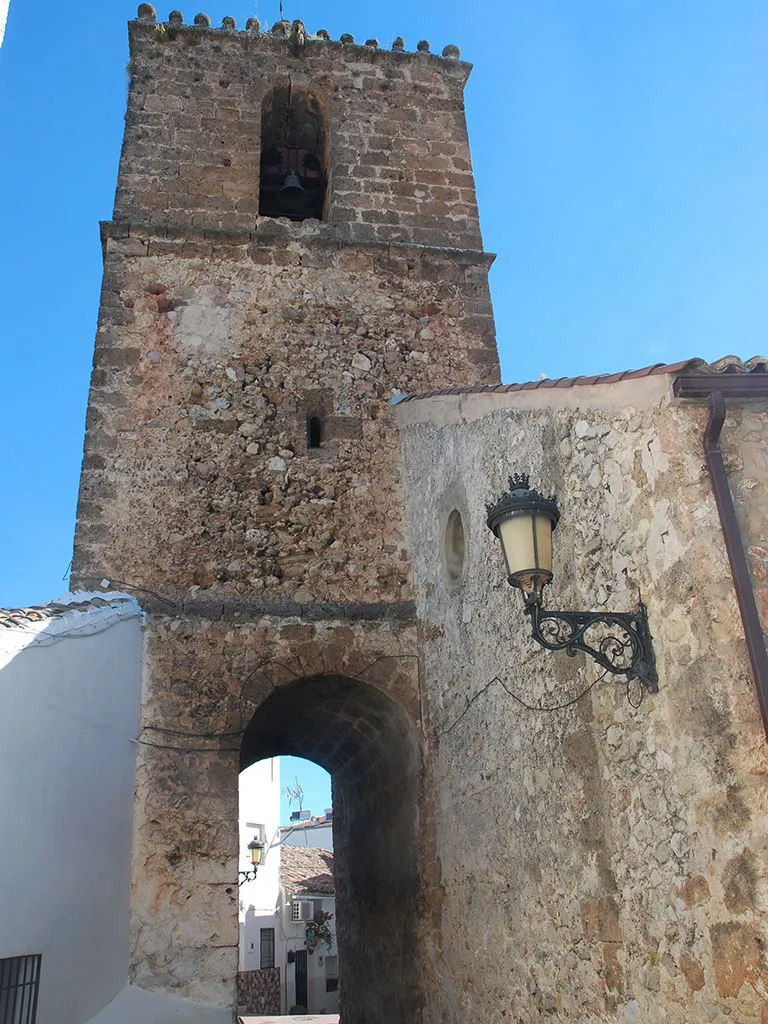
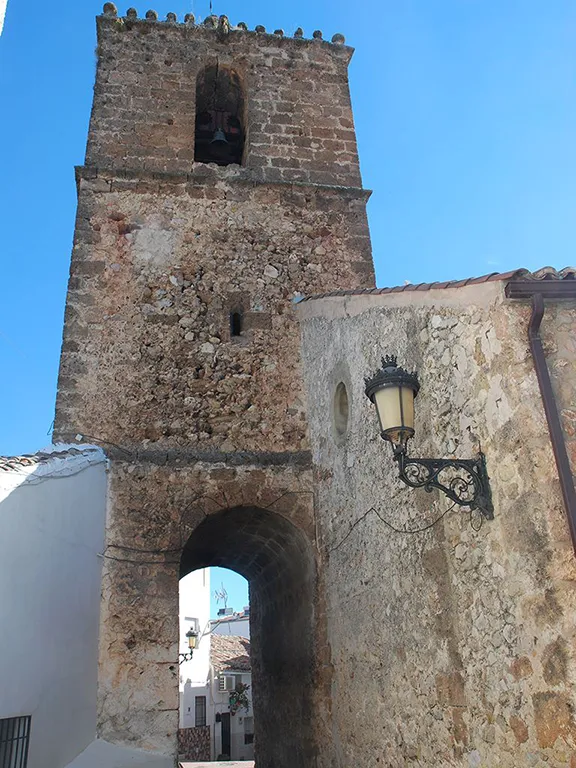
Church tower and arch
During the 13th century, the Christian forces were advancing on the Sierra de Segura. The Muslims built a tower in Siles from which to defend the town. After Don Pelayo Pérez Correa, Grand Master of the Order of Santiago, conquered the town between 1239 and 1242, the Knights of the Order of Santiago refurbished the old Arab castle during the 14th century. They kept its square base but reinforced the structure with several round turrets.
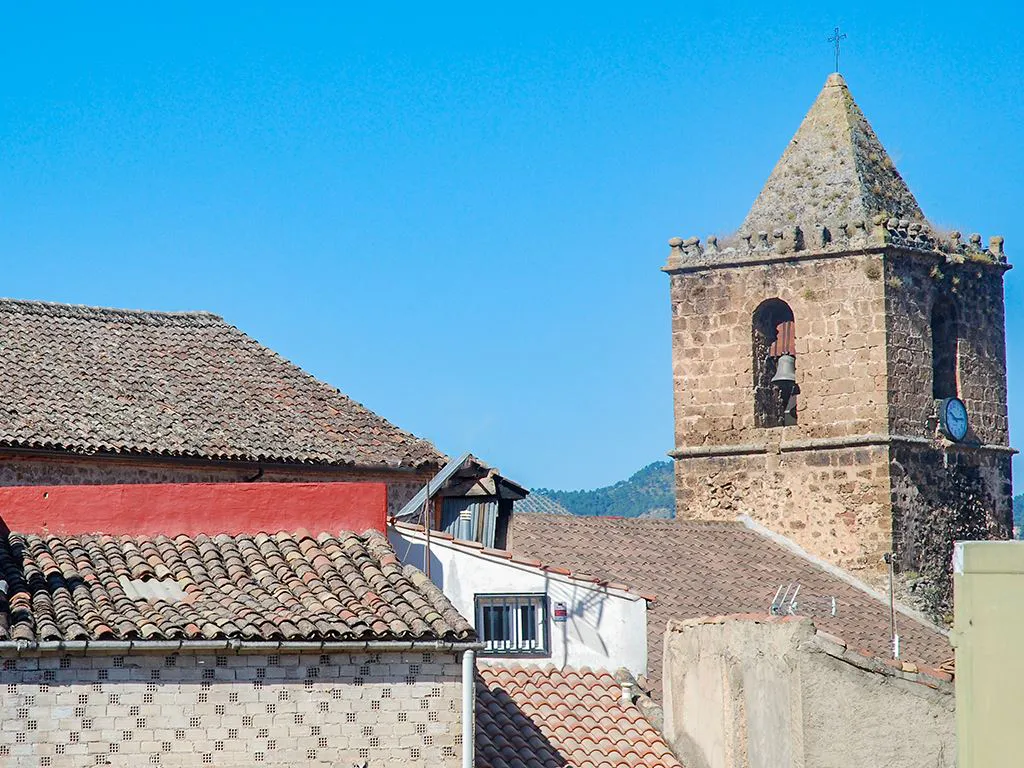
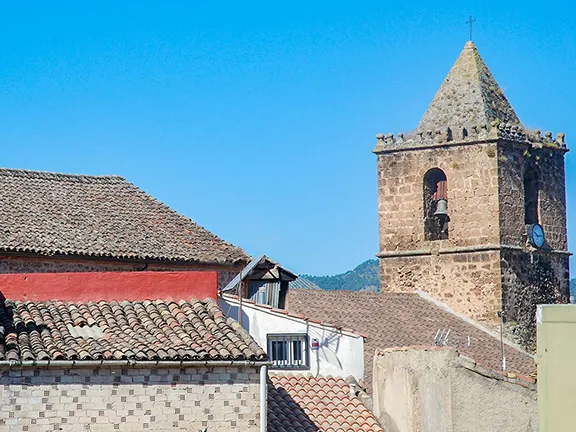
Iglesia de Nuestra Senora de la Asuncion
For nearly 200 years, Siles was on the border between Muslim occupied al-Andalus and Christian occupied Castille. In 1339, Siles was besieged by the Muslim King Yusuf I of Granada as a preliminary step to conquering other parts of the Sierra de Segura. The then Grand Master of the Order of Santiago, Don Alonso Meléndez de Guzmán came from Úbeda with a powerful army and eventually freed the town.
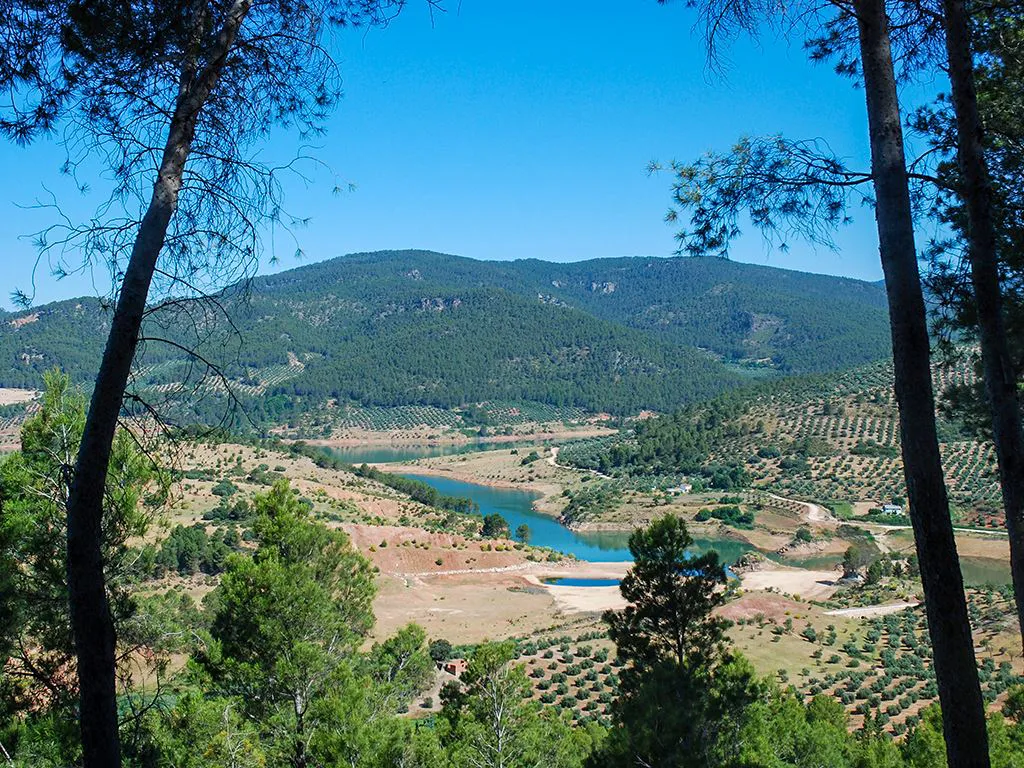
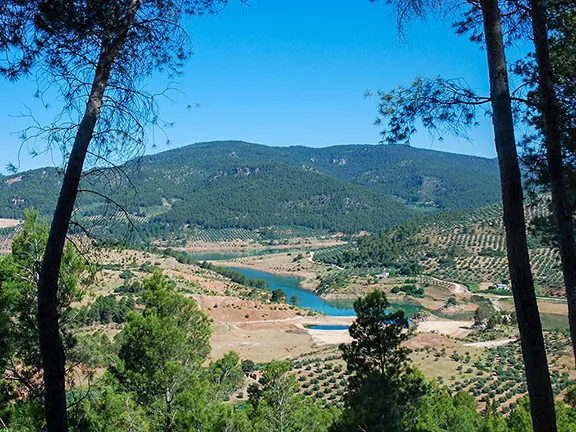
View from Mirador Siles
Siles was also the home of another Grand Master, the self-appointed Don Rodrigo Manrique who was often at odds with the monarchy and other nobles during the 15th century. During this period the parade ground was restructured and part of the well was destroyed to build the Casa de la Tercia between two turrets. The building changed from a fortification to a palatial residence for the Manrique family.
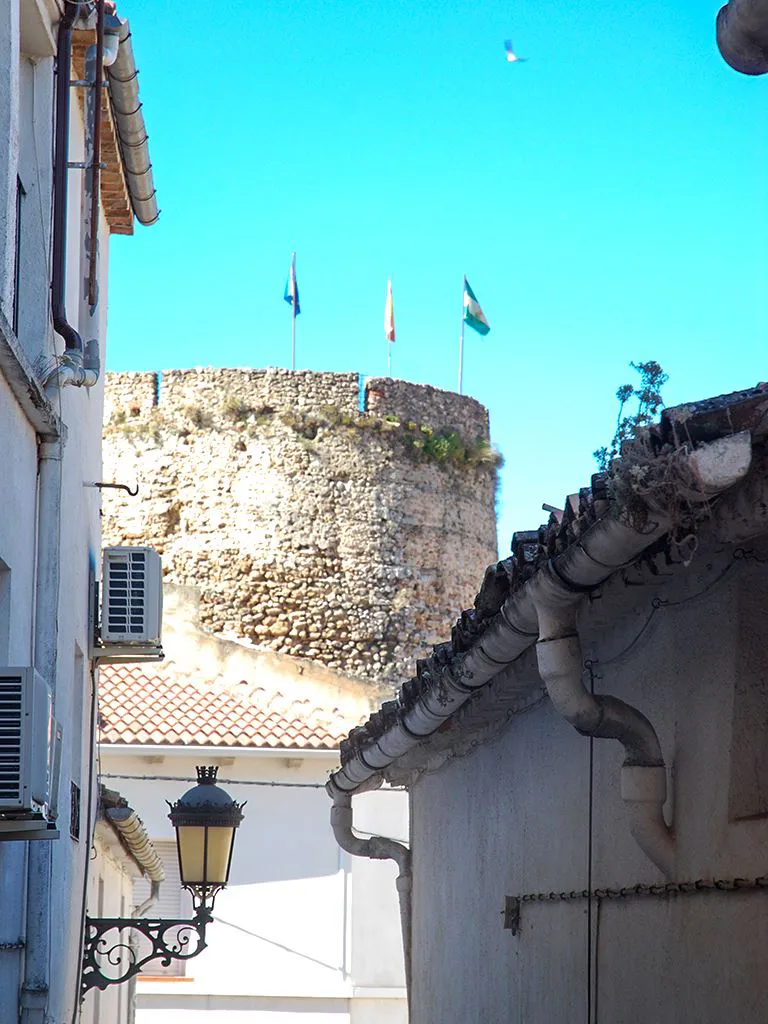
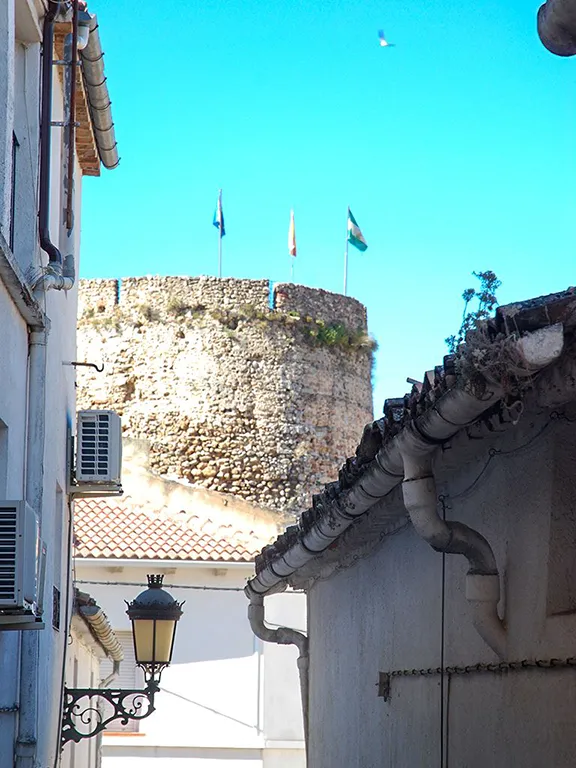
El Cubo
Today, the tower, known as El Cubo, is all that remains of the original fortification.
At first glance there is not a lot to attract the tourist. However, first impressions are wrong. Incredibly hot during the height of summer, Siles has a tree shaded boulevard along which there are a few bar restaurants and the equally shady mirador. The town is built on a hill and its steep streets, particularly in the vicinity of El Cubo and the church are well worth a stroll. The inhabitants are unfailingly friendly but it is at the entrance to the town that you will discover a little gem, the Tourist Information Office.
The tourist information office is only open Thursday, Friday, Saturday and Sunday. It is presided over by a charming, ever smiling lady who is a fount of knowledge about the area. The office also doubles up as the local museum and a centre of interpretacion for the Sierra de Segura and a small shop that stocks the local olive oil that turned out to be some of the best oil in Andalucia.
It was here that I found out about pine nuts. I had never given them much thought; an ingredient for pesto, good in salads and expensive. It was not until I saw the pine nut harvesting process that I realised why they are so expensive, but that is another story.
It was also here that I first heard of the ClimaDat project. The Sierra de Segura is one of a worldwide network of stations from which data is being collected about rainfall, temperature and the effects on ecosystems, plant and animal in an effort to understand climate change. Siles is an information centre for the project.
There is more to Siles than meets the eye.